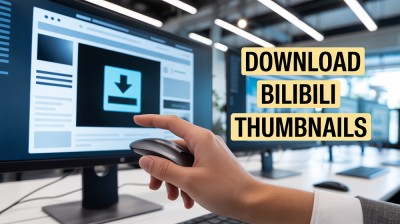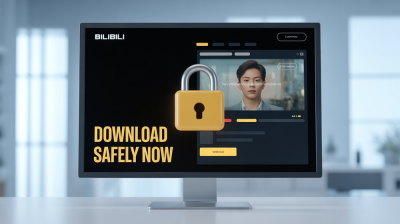LinkedIn messaging can feel daunting, especially when reaching out to individuals you haven't connected with yet. But it’s a powerful tool for networking and building professional relationships! Whether you're seeking mentorship, exploring job opportunities, or simply expanding your network, knowing how to craft your message is crucial. In this post, we'll explore effective strategies for messaging non-connections on LinkedIn, ensuring you make a memorable first impression.
Understanding LinkedIn Connections
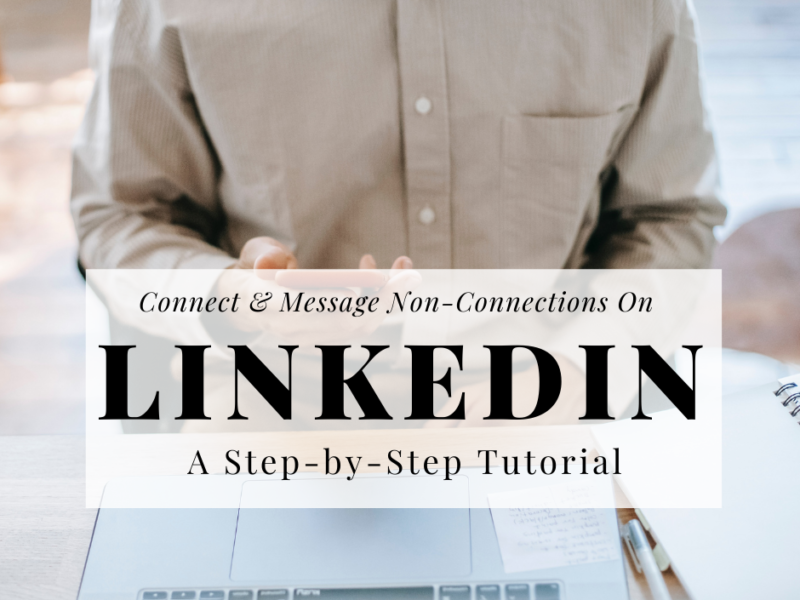
Before diving into messaging strategies, let’s understand what LinkedIn connections really mean. Connections on LinkedIn come in different tiers:
- 1st Degree Connections: These are individuals you're directly connected with. You can message them easily without any hurdles.
- 2nd Degree Connections: Friends of your connections. You can message them by clicking "Connect," but they won’t receive your message until they accept your request.
- 3rd Degree Connections: These are further removed from your network. You can’t message them directly unless you have a premium account.
But why focus on non-connections? Engaging with 2nd and 3rd degree connections can open doors to opportunities that you may not have otherwise considered. Here's what you should know:
The Importance of Non-Connections: Non-connections can be industry leaders, potential employers, or influencers in your field. Reaching out to them can lead to valuable insights and collaborations. However, it’s essential to approach these messages with care and intention. Here are some tips:
Personalization is Key
Start by doing your homework. Research the person you want to reach out to. Check their profile for common interests, mutual connections, or recent achievements. Address them by name and mention specifics in your message to show you’re genuinely interested. For example:
Hi [Their Name], I noticed your recent article on [Topic] and found it incredibly insightful! As someone interested in [Your Interest], I’d love to hear your thoughts on [Related Topic].
Be Clear and Concise
Time is precious! Ensure your message is short and straight to the point. Clearly state why you’re reaching out. Avoid lengthy introductions; instead, get to the reason for your message quickly. A simple format can go a long way:
I’m [Your Name], and I work in [Your Field/Industry]. I’d like to connect to discuss [Specific Topic/Opportunity].
Include a Call to Action
End your message with a friendly prompt. This encourages engagement and makes it easier for them to respond. Examples include:
- “Would you be open to a quick chat?”
- “I’d love to get your insights on [Topic] if you have time.”
By understanding LinkedIn connections and crafting thoughtful messages, you can effectively reach out to non-connections, paving the way for new opportunities!
Also Read This: How to Know If Someone Has LinkedIn Premium: Spotting the Features
3. How to Send Messages to Non-Connections
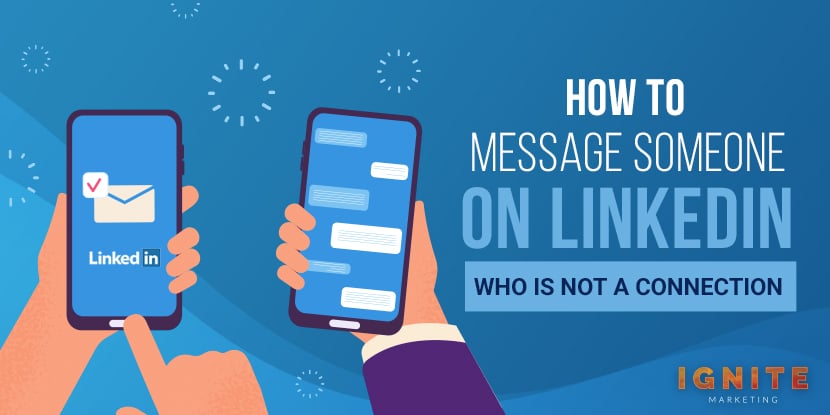
So, you’ve decided to reach out to someone on LinkedIn who isn’t in your network yet. Great choice! But how do you actually send a message to a non-connection? Let’s break it down.
First and foremost, you'll need to send them an InMail if you have a LinkedIn Premium account. InMail allows you to send messages directly to users who are not your connections. Here’s a quick guide:
- Start with a Custom Invite: Instead of sending a plain connection request, include a personal note. Mention a specific reason for wanting to connect; maybe you admire their work, or you're both in the same industry.
- Use InMail: If they don’t accept your connection request, but you still want to reach out, use InMail. Be concise and to the point. Start with a greeting, a brief introduction of who you are, and why you’re reaching out.
- Be Specific: When composing your message, be clear about what you hope to achieve. Whether it’s a coffee chat, seeking advice, or discussing potential collaboration opportunities, clarity is key.
Here’s a quick template you can adapt:
Hi [Name], I came across your profile while researching [specific topic] and was really impressed by your work in [specific detail]. I’d love to connect and possibly discuss [reason for reaching out]. Looking forward to hearing from you! Best, [Your Name]
Keep it professional but friendly. Remember, you’re initiating a conversation, so your tone should reflect that.
Also Read This: When to Update Your LinkedIn Profile with a New Job for Maximum Impact
4. Best Practices for Reaching Out
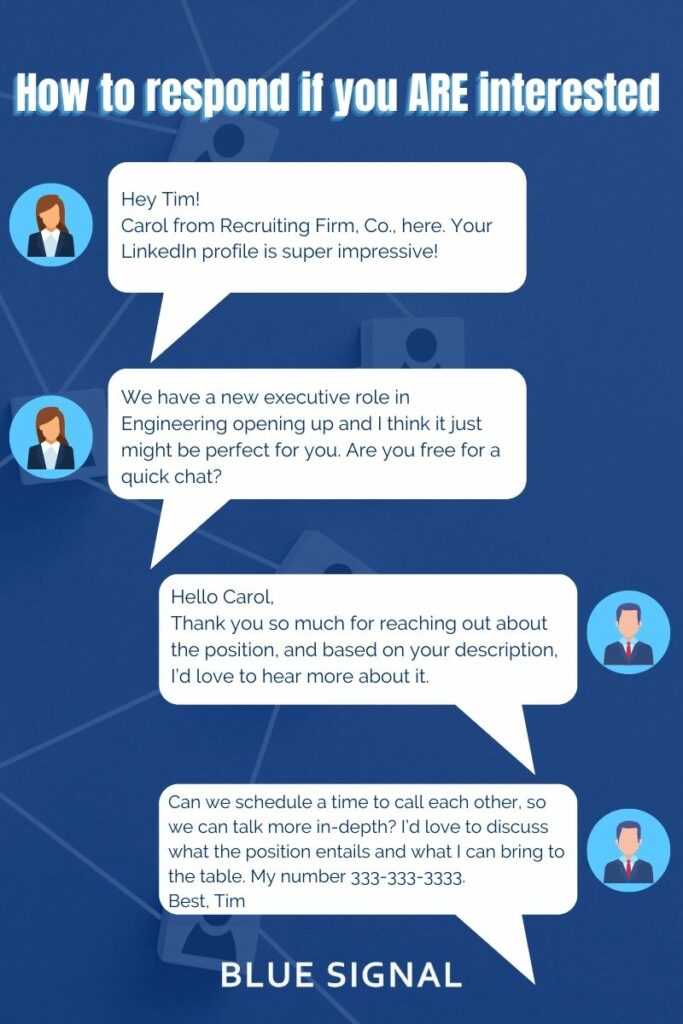
Now that you know how to send messages to non-connections, let’s talk about best practices that will increase your chances of a positive response.
- Personalize Your Message: Avoid generic messages. Tailor your outreach to resonate with the individual. Referencing something from their profile can make your message stand out.
- Timing is Everything: Consider when you send your message. Avoid Mondays and Fridays; mid-week tends to be best for engagement. People are more likely to respond when they’re in the work groove.
- Follow Up: If you don’t hear back within a week or so, it’s okay to send a gentle follow-up. Just a simple reminder can reignite the conversation. Keep it short!
It’s also crucial to keep your profile updated. A well-crafted profile with a professional photo, a clear headline, and a compelling summary can pique interest. Additionally, engage with their content before reaching out. Like or comment on their posts—it shows that you’re genuinely interested in their work.
Finally, remember that not everyone will respond, and that’s okay. Building a network takes time and perseverance. Keep your outreach authentic, and you’ll gradually build meaningful connections.
So, go ahead! Put these practices into action, and watch your LinkedIn outreach transform.
Also Read This: Can You Merge Two LinkedIn Accounts
5. Examples of Effective Outreach Messages
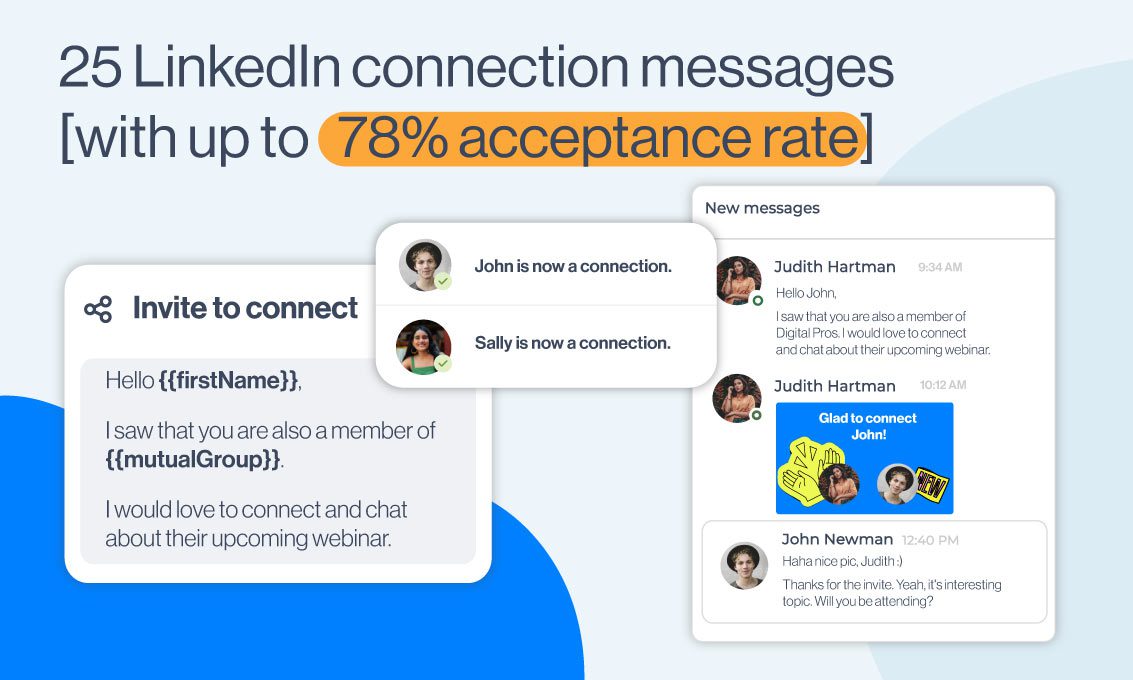
Crafting the perfect outreach message on LinkedIn can seem daunting, but it doesn't have to be! Here are some examples that can inspire your own approach:
1. The Personal Touch:
“Hi [Name], I noticed we both attended [University] and have a mutual interest in [Industry/Field]. I’d love to connect and hear your thoughts on [specific topic]. Looking forward to learning from you!”
2. The Compliment Approach:
“Hello [Name], I recently came across your article on [specific subject] and found it incredibly insightful. Your perspective on [specific point] resonated with me. I would love to connect and discuss this further!”
3. The Request for Advice:
“Hi [Name], I’m currently exploring opportunities in [specific industry], and I see you have extensive experience in this field. Would you be open to a brief chat? I’d really appreciate your insights!”
4. The Common Interest:
“Hi [Name], I see that we share a passion for [specific hobby or cause]. I’d love to connect and exchange ideas about how we can contribute to [related topic].”
5. The Event Reference:
“Hi [Name], we both attended [Event Name] last week. I really enjoyed your talk on [specific topic]. I'd love to connect and continue the conversation about [related topic].”
Each of these examples shows personality and purpose, making it easier for the recipient to see the value in connecting. Remember to customize your message based on the person you’re reaching out to!
6. Common Mistakes to Avoid
When reaching out to non-connections on LinkedIn, there are a few pitfalls you want to steer clear of. Here are some common mistakes that can hinder your outreach efforts:
- Generic Messages: Avoid sending cookie-cutter messages. Personalize each outreach to show that you've done your homework.
- Being Too Formal: A stiff, overly formal tone can come off as insincere. Keep your tone friendly and conversational.
- Focusing Only on Yourself: Don't make the message all about what you want. Show interest in the recipient by asking questions or referencing their work.
- Neglecting to Proofread: Typos and grammatical errors can make your message seem unprofessional. Always double-check your message before hitting send.
- Ignoring Follow-Ups: If someone doesn’t respond, don’t hesitate to follow up after a week or so. A gentle reminder can show your interest without being pushy.
Avoiding these mistakes can significantly improve your chances of a successful outreach. Remember, the goal is to build a connection, not just to ask for something right away. Approach each interaction with genuine curiosity and respect!
 admin
admin





